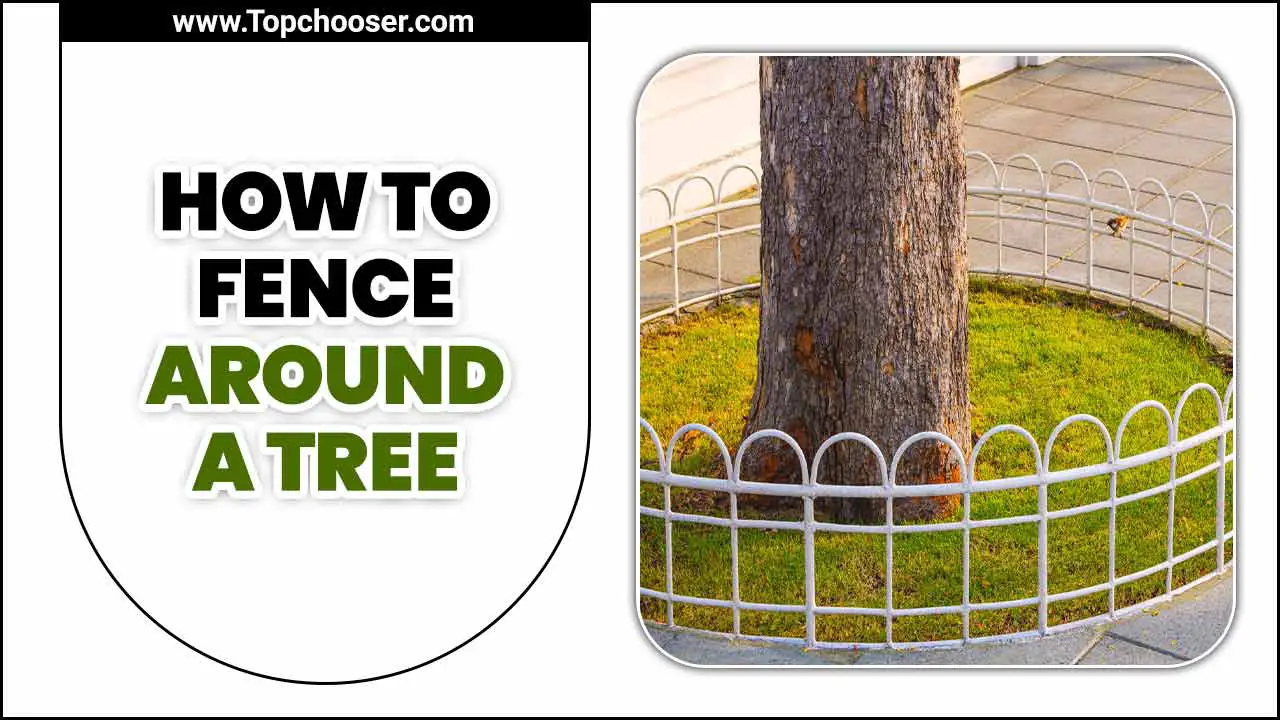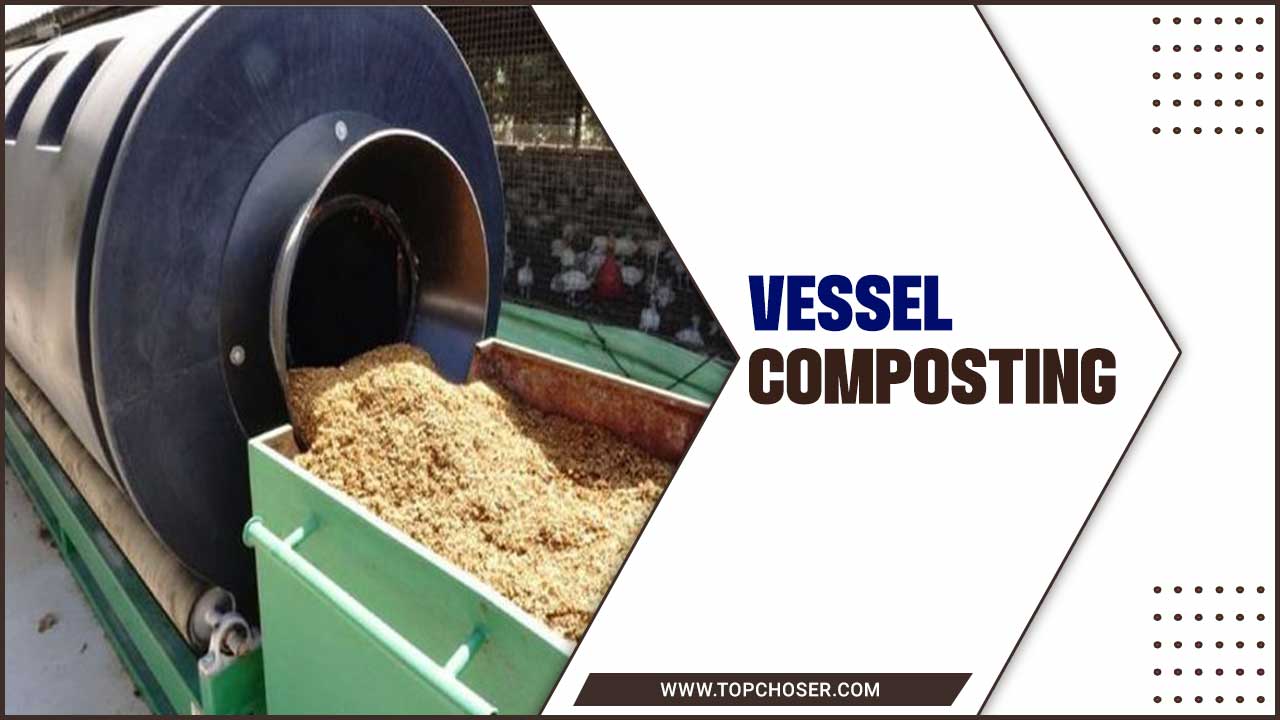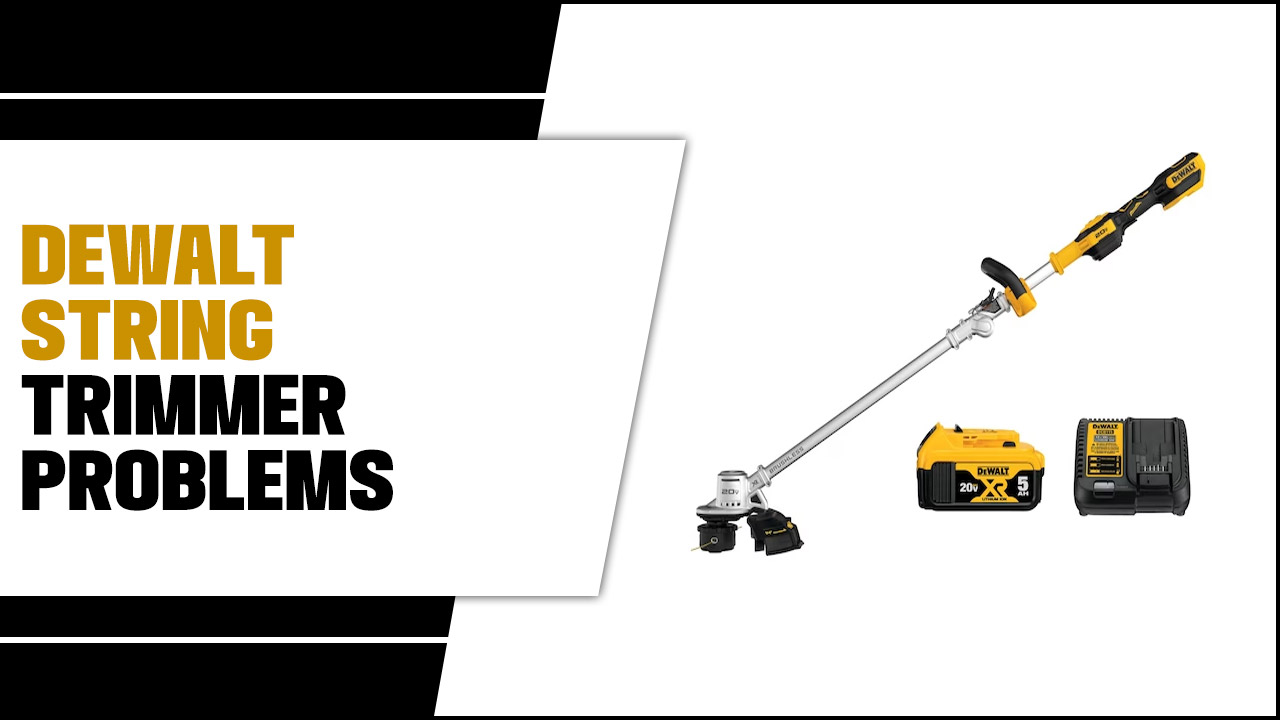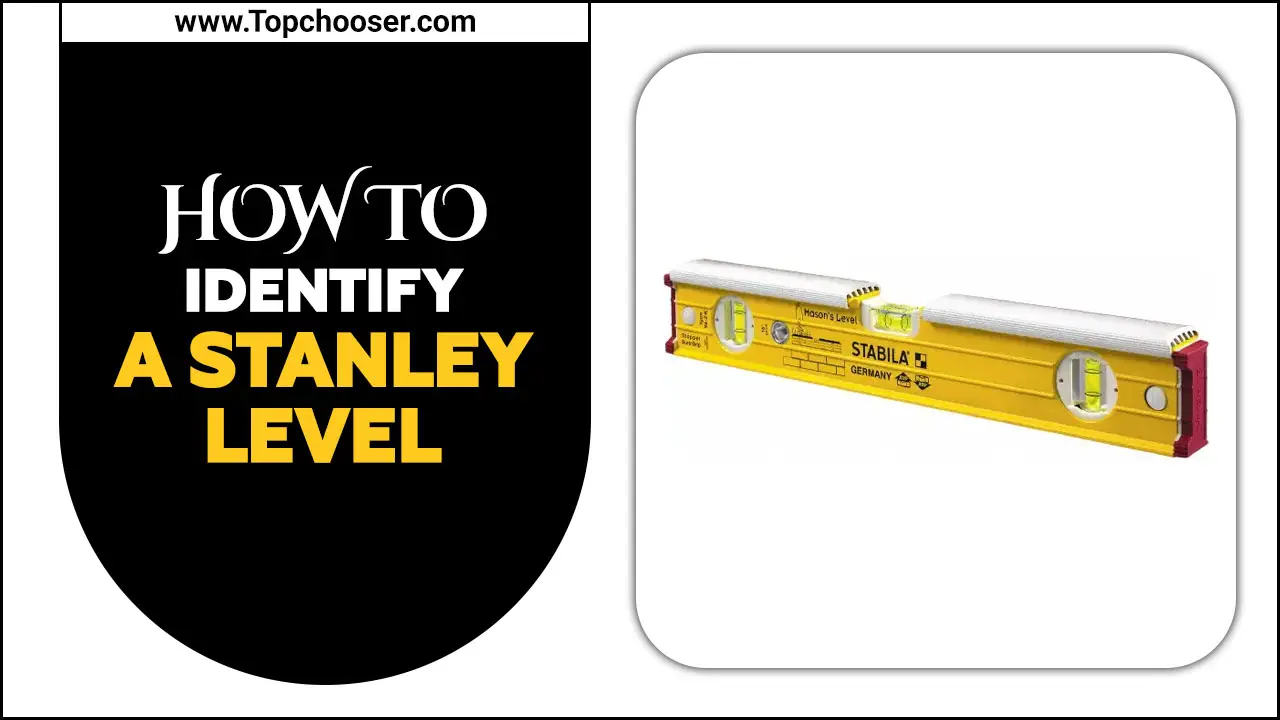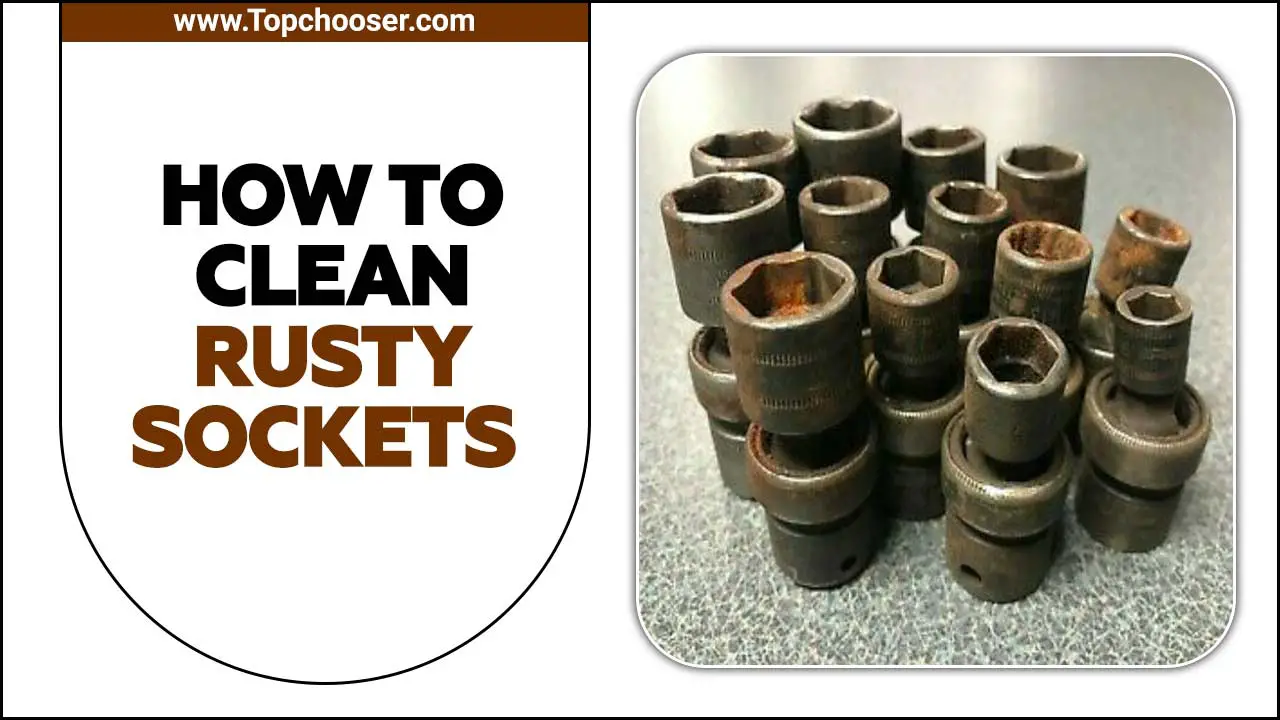Fishing can be an exciting adventure. Have you ever felt the thrill of casting a line? It’s a wonderful feeling to wait for that tug at the end of your rod. But to catch fish, you need to know some basics, like how to tie a hook and sinker.
Many beginners feel unsure about this step. They might wonder, “Is it really that important?” The answer is yes! A good knot can make a big difference in catching fish. Did you know that the right knot can even make your bait more attractive? It’s true!
In this article, we will guide you through the simple steps on how to tie a hook and sinker. By the end, you’ll feel more confident. You will be ready to enjoy your time by the water. Let’s dive in and get started on this easy fishing skill!
How To Tie A Hook And Sinker: A Step-By-Step Guide

How to Tie a Hook and Sinker
Tying a hook and sinker is a vital fishing skill. First, choose the right hook and sinker for your bait. Next, thread the line through the hook’s eye. Then, wrap the line around itself for a firm knot. Did you know that a poorly tied knot can cost you big fish? Practice makes perfect! Soon, you’ll feel confident casting your line and reeling in a catch. Excited to give it a try?
The Tools You’ll Need
Essential tools for tying hooks and sinkers. Recommendations for fishing line and hooks.
Before you can tie a hook and a sinker, you need a few essential tools. First, grab a good fishing line. Look for one that’s strong but thin. A line of 10-12 lb test is popular among anglers. Next, choose the right hooks. Salmon need bigger hooks, while trout love smaller ones. Finally, a pair of pliers will help you tighten those knots. Remember, no one wants a fish tale about the one that got away!
| Tool | Recommendation |
|---|---|
| Fishing Line | 10-12 lb test |
| Hooks | Size 8 for trout, size 1 for salmon |
| Pliers | Any trusty pair |
Step-by-Step Guide to Tying a Hook
Detailed steps for the most common knots (e.g., Improved Clinch Knot). Visual aids or diagrams to assist in knot tying.
Tying a hook is like a magic trick, but much easier once you know how! First, grab a fishing line and a hook. The Improved Clinch Knot is popular and simple. Start by passing the line through the hook’s eye. Next, wrap it around the line five times—like a present! Now, thread the end back through the first loop you created. Finally, pull tight and snip the excess. Voila! You’re ready to fish!
| Step | Action |
|---|---|
| 1 | Pass line through the hook’s eye. |
| 2 | Wrap it around five times. |
| 3 | Thread back through the first loop. |
| 4 | Pull tight and trim excess. |
For a visual guide, check out diagrams or videos online. They can really help! Tying hooks is fun, and once you master it, you’ll feel like a fishing wizard!
How to Attach a Sinker Properly
Explanation of types of sinkers and their uses. Stepbystep instructions for different attachment methods.
Sinkers are heavy weights used in fishing. They help your bait go deeper. Different types of sinkers include:
- Egg sinkers – Smooth and can slide on the line.
- Split shot sinkers – Easy to attach and adjust.
- Bank sinkers – Great for fast currents.
Here’s how to attach a sinker:
- Take your fishing line.
- Choose your sinker type.
- Wrap the line around the sinker.
- Secure it tightly.
This method gives your bait stability!
How do I choose a sinker for my fishing?
Choose a sinker based on your fishing spot and type of fish. Heavier sinkers work in deep water. Lighter ones are best for shallow areas.
Common Mistakes to Avoid
Typical errors when tying hooks and sinkers. Tips for ensuring optimal knot performance.
Many anglers make simple mistakes while tying hooks and sinkers. One big error is using the wrong knot. It can weaken and lead to lost catches. Make sure your knot is strong! Another common blunder is not trimming excess line. Those extra bits can tangle and make things messy. Always double-check your work before casting. Remember, a messy line is like a bad haircut—nobody wants it! So, keep it neat, and you’ll reel in the fish like a pro!
| Common Mistakes | Tips for Fixing |
|---|---|
| Wrong knot choice | Use a strong knot, like the improved clinch knot. |
| Excess line | Trim any surplus line before tying. |
| Poor tension | Ensure the knot is tight and secure. |
Testing Your Knots for Assurance
Methods for testing knot strength before fishing. Importance of routine checks on knot integrity.
Testing your knots is like giving your fishing line a reassuring hug. Before you cast off, pull on the knot to check its strength. You don’t want your catch to be free dinner for the fish! Regular checks are key. Knots can weaken over time, just like the elastic in your favorite shorts after too many snacks! Remember, a well-tested knot is your best friend. Here’s a quick table for checking knot integrity:
| Test Method | Description |
|---|---|
| Pull Test | Gently tug on the knot to feel for strength. |
| Visual Check | Look for fraying or loose strands. |
| Time Check | Regularly inspect knots to ensure they stay strong. |
Helpful Tips and Tricks for Successful Fishing
Best practices for maintaining hooks and sinkers. Recommendations for improving overall fishing success.
Fishing can be a fun and rewarding activity. To have a great time, it is important to look after your hooks and sinkers. Here are some tips to keep them in top shape:
- Check hooks for rust or damage regularly.
- Store sinkers in a dry place to prevent corrosion.
- Use a tackle box for easy organization.
For better fishing results, try improving these areas:
- Use the right hook size for your bait.
- Match the sinker weight to the water conditions.
- Practice your casting skills to reach the best spots.
What is the best way to maintain my hooks and sinkers?
To keep your hooks and sinkers in excellent shape, regularly check for rust. Always store them dry and organized. This will help make your fishing trips more enjoyable!
How can I improve my overall fishing success?
To boost your fishing success, ensure you use the right size hooks and adjust sinkers based on conditions. Practicing your casting can also help you reach better fishing spots!
Frequently Asked Questions
Common queries related to tying hooks and sinkers. Expert answers to enhance understanding.
Have questions about tying hooks and sinkers? You’re not alone! Many anglers want to get it right. Here are some common questions.
| Question | Answer |
|---|---|
| How do I tie a hook? | First, thread the line through the hook’s eye. Wrap it around the line five times, then pull it through the loop. Tighten it, and voilà! |
| What about the sinker? | Simply slide it onto the line before the hook. You want it to sink but still allow fun fights with fish! |
| Is it necessary to use a sinker? | Not exactly! But a sinker helps drop your bait to where the fish are hiding. Think of it as a treasure chest! |
These answers should clear up your worries! Remember, practice makes perfect. Happy fishing!
Conclusion
In conclusion, tying a hook and sinker is simple with practice. First, choose your fishing line and materials. Then, make a strong knot to secure them. Always check your setup before fishing. By mastering this skill, you’ll improve your chances of catching fish. For more tips, check out fishing guides or watch online videos! Happy fishing!
FAQs
What Are The Essential Materials Needed To Tie A Hook And Sinker For Fishing?
To tie a hook and sinker for fishing, you need a few basic materials. First, you need fishing line that will hold everything together. Then, you need a fishing hook to catch the fish. You also need a sinker, which helps your bait sink into the water. Finally, scissors can help you cut the line when needed.
Can You Explain The Step-By-Step Process For Securely Attaching A Hook And Sinker?
First, grab your fishing line. Take the end of the line and make a loop around the hook. Next, wrap the line around the hook’s shaft a few times. Pass the end of the line through the loop you made. Pull tight to secure the hook. Now, take your sinker and slide it onto the line. Finally, tie another knot to keep the sinker in place. You’re ready to fish!
What Types Of Knots Are Most Commonly Used For Tying Hooks And Sinkers, And Which One Is Recommended For Beginners?
The most common knots for tying hooks and sinkers are the Improved Clinch Knot and the Palomar Knot. The Improved Clinch Knot is great for holding hooks. The Palomar Knot is easy to tie and very strong. I recommend the Palomar Knot for beginners because it is simple and works well.
How Does The Weight Of The Sinker Affect The Placement And Effectiveness Of The Hook When Fishing?
The weight of the sinker helps the hook go where you want it. A heavier sinker makes the hook sink faster. This can help get the bait closer to fish hiding at the bottom. If the sinker is too light, the hook might not reach the fish. So, choosing the right sinker weight is important for catching fish!
Are There Any Tips For Troubleshooting Common Issues That May Arise When Tying A Hook And Sinker, Such As Line Tangling Or Slippage?
If your fishing line gets tangled, try to untangle it gently. Don’t pull too hard, or it may get worse. For slippage, make sure to tie your knot tightly. You can also double-check your knot to make sure it’s secure. Practice often, and you’ll get better at it!


